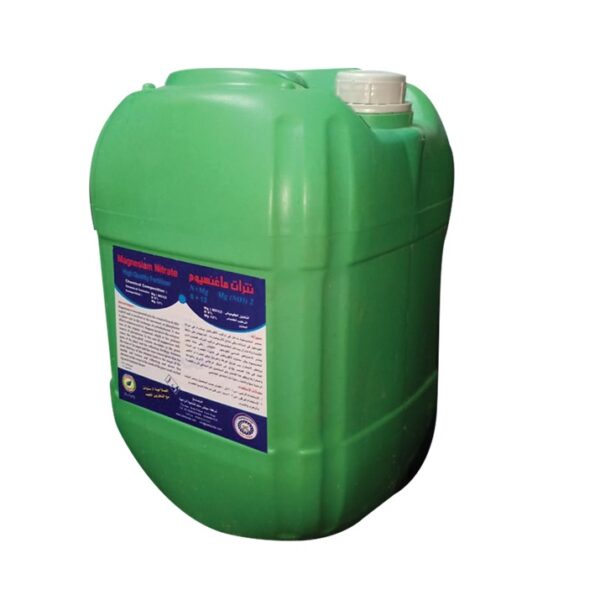
Magnesium nitrate
1.00EGP 0.00EGP
chemical composition:
Nitrogen: 5%
Magnesium: 8%
Compound features:
Magnesium nitrate: A liquid fertilizer that contains magnesium in the form of magnesium nitrate. Therefore, it is an easy fertilizer for plants to absorb and treats magnesium deficiency.
Liquid magnesium nitrate fertilizer is used through modern irrigation methods, as well as sprayed on the leaves
The importance of magnesium for plants
It is included in the synthesis of chlorophyll and participates in the movement of phosphorus in plants and in the exchange of carbohydrates
It affects the oxidation and reduction activity, and magnesium is included in the synthesis of the organic compound, which is considered the basic reserve of phosphorus
In case of magnesium deficiency, the chlorophyll content in the green parts of the plant decreases, and yellowing develops between the veins of the leaf, and the veins remain green.
A severe deficiency in the element magnesium leads to the marble appearance of the leaves, their twisting and yellowing, and the deficiency of this element appears on leafy crops in poor sandy and subsandy soils with an acidic reaction.
Usage rates
Ground use: from 3:1 liters/acre, depending on age and type of crop
Foliar use: 2-3 cm/liter of water during the vegetative, flowering and fruiting growth stages
Based on 0 reviews
|
|
|
0% |
|
|
|
0% |
|
|
|
0% |
|
|
|
0% |
|
|
|
0% |
Related products
Installation:
10%: Nitrogen
potassium:22%
Benefits of the compound:
Potassium nitrate: Soad is suitable for all irrigation systems and can be used as a spray on the leaves. It contains nitrogen in an easily absorbed form. This element is important for the formation of protoplasm, which makes up all living cells. It is also involved in the synthesis of amino acids, proteins, and chlorophyll.
It contains potassium in a high concentration in an easily absorbed form, which is the form of potassium nitrate. The element potassium has a large and important role in plants, as it
It helps in the activity of more than 10 enzymes, helps in photosynthesis, and regulates the process of opening and closing stomata. It is responsible for transporting nutrients to and from the cell, so it increases the sugar content in the fruits (Cantilever grapes).
It works to increase the germ content of the cell, so it works to increase the size of fruits (tomatoes, cucumbers, zucchini).
Potassium nitrate: It is preferable to use it on tuber crops such as (potatoes, yams, and onions), as it helps increase the plants’ ability to store, thus significantly increasing the size of the tubers and the yield.
Potassium nitrate: important for the formation of flowers and knots, so it is preferable to fertilize it during the flowering and licking stage
Usage rates: - Ground use: from 3-7 liters/acre depending on the crop and age of the plant. – Foliar use: from 22 cm/liter of water during the vegetative growth stage and before flowering
المادة الفعالة : ابعيداگلوبرید ۲۰
المجموعة الكيماوية انيونيكوتينويد
التعريف مبيد حشري نيونيكوتينويديكافح العديد من أنواع الأفات الحشرية ويستخدم على العديد من المحاصيل الحقلية والخضر والفاكهة .
مناسب لبرامج المكافحة المتكاملة . يحافظ على البيئة والأعداء الحيوية نظرا لفاعليته في مكافحة الأفات فانه يزيد المحصول ويحسن جودته مناسبا في التصدير
65 in stock
Installation:
Nitrogen 5%
Potassium: 18%
Compound features:
Which gives the compound the following advantages K Which gives the compound the following advantages
Ease of absorption of the element, as the plant depends on absorbing the element through cation exchange, and this means that the plant takes full advantage of all the amount of potassium present in the Joker Safety, in a short time.
Absorption of the element and its entry into the plant in the form of a cation K Free means that the element performs its function inside the plant, which is the process of transporting nutrients inside the fruits. This is what distinguishes Joker Safety fertilizer and makes it give quick results immediately after fertilization, and the speed of storage in the fruits as a result of fertilization with Joker Safety gives quick and noticeable results in sizing the fruits.
It gives the plant all its potassium needs from the day of planting until harvest, without the need to add any other source of potassium.
:معدالات the use
Half a liter to 3 liters per acre, depending on the age of the plant
Installation:
Nitrogen :13%
Potassium: 46%
A fertilizer rich in potassium in the purest and most powerful form of potassium for absorption, which is the form of potassium nitrate. The (Elec) product is distinguished by containing potassium nitrate with a purity of 99.9%. Therefore, the compound is used as a spray on the shoots or ground fertilization to help hold the flowers and size the fruits.
Fertilizer (Potassium Alic) provides additional benefits including
High purity and low percentage of salts. – Humidity level is low. – Low acidity, rapid flow. – Rapid dissolution
– High percentage of nitrogen and potassium
Potassium nitrate (Potassium Alec) is easy and safe to use on crops, flowers, vegetables, strawberries, plants (indoor and outdoor), teak, potatoes, fruit trees, grapes, citrus fruits, pineapples, cotton, bananas, mangos, olives, tomatoes, potatoes, home gardens and green spaces.
يوفر اليك K Many positive effects such as, increased root growth, improves drought resistance, reduces water loss and wilting, improves winter cold resistance and improves resistance to pests and diseases.
Installation:
Nitrogen:10%
potassium:20%
Benefits of the compound: Line Potash fertilizer is characterized by containing nitrogen and potassium in pure, easy-to-absorb form. It is also loaded with a high percentage of amino acids and carboxylic acids that expand and facilitate the absorption of major and minor elements through the leaves. Line Potash is characterized by the presence of a high percentage of potassium, which facilitates absorption. Line Potash contains amino acids that help the plant to form a high concentration of hormones and enzymes and reduce the effect of stress on the plant.
The importance of potassium for plants
It plays an important role in the mechanics of opening and closing stomata and thus controls the water balance within the plant
It plays an essential role in activating important enzymes in protein formation
It plays a role in the formation of carbohydrates at the fruit formation stage
It has an important role in the apical dominance of the plant
It will help absorb water and nutrients and transfer them to the leaves
Transports mineral salts and carbohydrates to water
Usage rates
Times of use: Drip irrigation, foliar spray per 100 liters of crop water
3-5 times 1 liter/acre 50-150 cm vegetables
4-6 times 1-2 liters/acre 50-200 cm of fruit
38 in stock
سماد ورقي
جيل التركيب نيتروجين : ۶۲۰ – احماض امينية 45 % . ماغنسيوم %۱
امينوجيل سماد ورقي في صورة جيل يحتوي على نيتروجين وماغنسيوم واحماض أمينية حرة لجميع محاصيل الخضر والفاكه لتنشيط التمثيل الغذائي وزيادة طاقة النبات .
يحتوي على تركيز عالي من النيتروجين والاحماض الأمينية الحرة التي تقلل من تأثير الإجهاد الناتج عن الحرارة العالية والصقيع . يزيد بشكل عالي من النمو الخضري الزهري والثمري .
يساعد على تكوين الأوكسينات المسئولة عن عملية الاستطالة في السيقان وكذلك نمو البراعم يحتوي على عنصر الماغنسيوم الذي يدخل في عملية تكوين الكلوروفيل . برفع من انتاجية الفدان بشكل ملحوظ .
Usage rates
يضاف من 1-5 سم / لتر ماء ويكرر كل 10 ايام
75 in stock
First
Installation
Nitrogen, 10%
: Phosphorus (P)
: 10 Potassium (K)
Compound benefits
First contains the elements nitrogen, phosphorus and potassium in pure and easily absorbed forms, so it increases the vegetative and flower systems.
. First contains a high concentration of phosphorus, so it is characterized by...
1- Increases the amount of flowers and knots
2- Activates the formation of roots
3-. It helps plants bury it in case of frost
4- It helps adjust the spray solution
5- Increases plant energy
Dosage and rate of use:
First is added at a rate of 1-3 g/liter of water
99 in stock
Installation:
Nitrogen: 17%
Phosphorus: 44%
Compound features:
Dab Phosphoric. It is a fertilizer suitable for all irrigation systems and can be used as a spray on the leaves. It contains nitrogen, which is important for the formation of protoplasm, which makes up all living cells. It is also involved in the synthesis of amino acids, proteins, and chlorophyll. It contains high phosphorus in the form of di-aminophosphate with urea phosphoate, which dissolves quickly and is absorbed. Phosphorus is also responsible for the transformation of carbohydrates, such as starch into sugar, and is involved in the formation of energy-carrying substances. It also works to stimulate the roots. Phosphorus is also important for the formation of flowers and increasing flower formation. Fruits and helps in coloring and ripening the fruits
Usage rates
– Ground use: from 2 to 5 liters per artist, depending on the crop and the age of the plant
– Foliar use: 2-3 cm/L during the vegetative growth stage and before flowering
Active ingredient: chloropyrifos: 48
Chemical group and organic phosphorus
the definition:
. Chlorestan is available in the form of an emulsifiable preparation
The use of natural solvents makes the compound more efficient in terms of permeability through the skin of the larvae, as well as local permeability to the leaf epidermis, which facilitates the access of the active substance to the larvae located under the epidermis of the leaf, such as (tunnel makers - Tuta absoluta).
Impact method
Chlorestan is well touched and contagious
Chlorestan causes rapid paralysis of treated insect pests, they stop feeding, and eventually die
Installation:
Nitrogen: 15%
Phosphorus: 15%
Potassium: 15%
Compound features:
Manufactured from high-quality raw materials that are soluble and quickly absorbed
. Potassium source fertilizer: Potassium titrate is quickly soluble and absorbed
. Fertilizer is a source of phosphorus that is quickly dissolved and absorbed
. High-purity crystalline fertilizer that is completely soluble in water
. It has an acidic effect, which increases the ability of micro and macro elements to be absorbed
It increases branching in both vegetable and fruit crop seedlings
Usage rates
| stage to use | Dosage (kg/acre/day) | The crop |
| Immediately after transplanting | 2-3 | Vegetables |
| Before flowering | 2-4 | the fruit |
| Branching stages | 1.5-2 |
Field crops |
Installation:
Nitrogen: 15.5%
Calcium oxide: 26% = 18.5 mineral calcium
Compound features:
A quickly soluble fertilizer compound in water, consisting of two ideal elements: nitrogen and calcium, which can be easily absorbed by the plant
This formula is completely soluble in water, which works to provide the plant with these two elements with a high efficiency that is unparalleled in other fertilizers. – This formula is an uncoated granule that dissolves quickly and can be used in greenhouses and open fields, whether through sprinkler or drip irrigation systems.
- Calcium has an effective role in the movement of carbohydrates in the plant and increases the thickness of the outer peel of the fruits, which helps in their transport and storage. - Calcium increases the plant’s resistance to diseases (seed end rot, nail head rot, fruit cracking, prevention and treatment of calcium deficiency)
Calcium works to reduce salinity in the soil when used through drip irrigation. Nitrogen helps build protein quickly inside the plant
Calcium plays an important role in activating enzymes and meristematic tissues in the growing tips and encourages the growth of root hairs
Calcium helps increase production, improve fruit color and thickness, and improve fruit properties
Note: OSHA calcium nitrate dissolves 100% in plain water (complete dissolution)
Usage rates, through fertilization of 3/8 kg per acre or according to the fertilization program or the nature of the land and the plant’s needs.
chemical composition
Nitrogen:12%
Calcium: 20%
Compound features
Calcium nitrate: A liquid fertilizer that contains calcium in the form of calcium nitrate. Therefore, it is an easy-to-absorb fertilizer for plants and treats calcium deficiency.
Liquid calcium nitrate fertilizer is used through modern irrigation methods, as well as sprayed on the leaves*
The importance of calcium for plants
Calcium plays a major role in the process of assimilation of enzymes and neutralizing the acidity of the alkaline solution
Calcium plays a major role in resisting some diseases that affect plant leaves by nourishing the cell walls
Calcium gives good characteristics to fruits in terms of shape, storage and marketing
Usage rates
Ground use: from 10:2 liters/acre, depending on age and type of crop
Foliar use: 2-3 cm/liter of water during the vegetative, flowering and fruiting growth stages

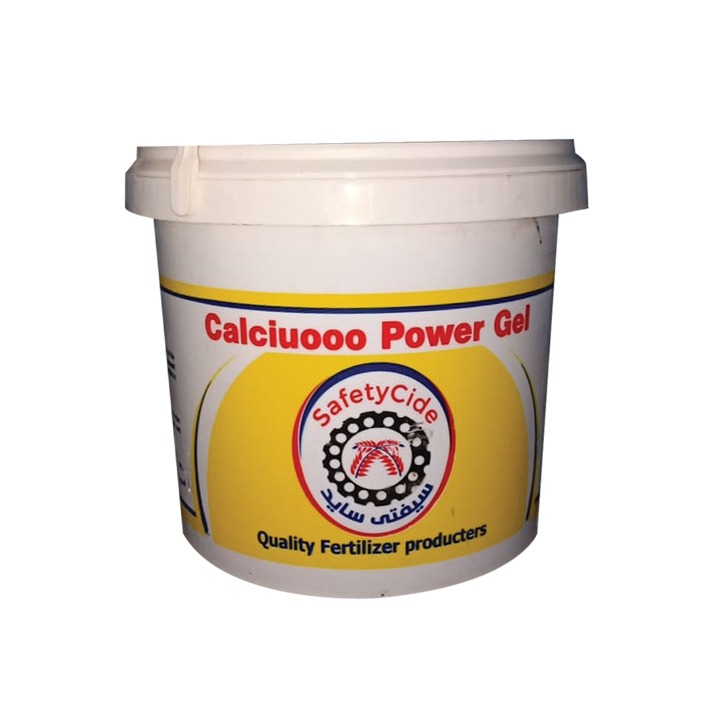

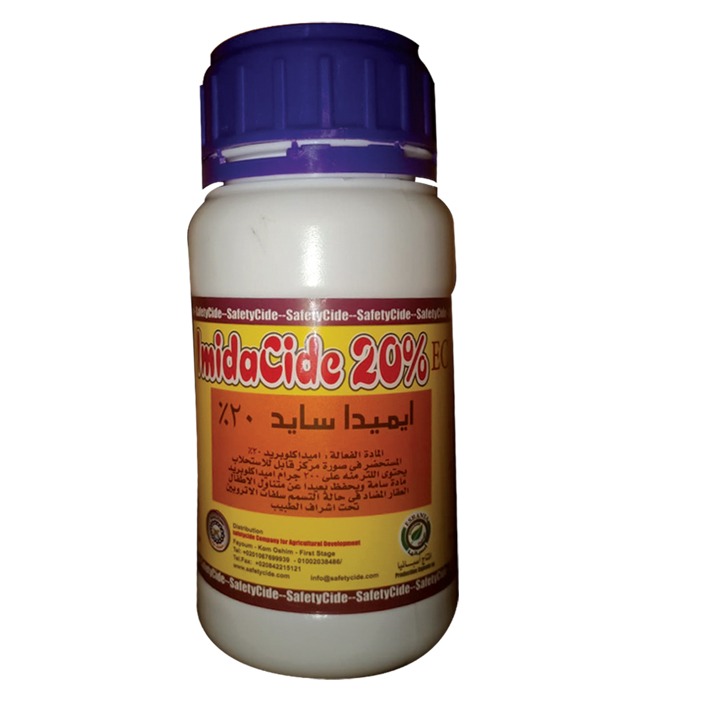

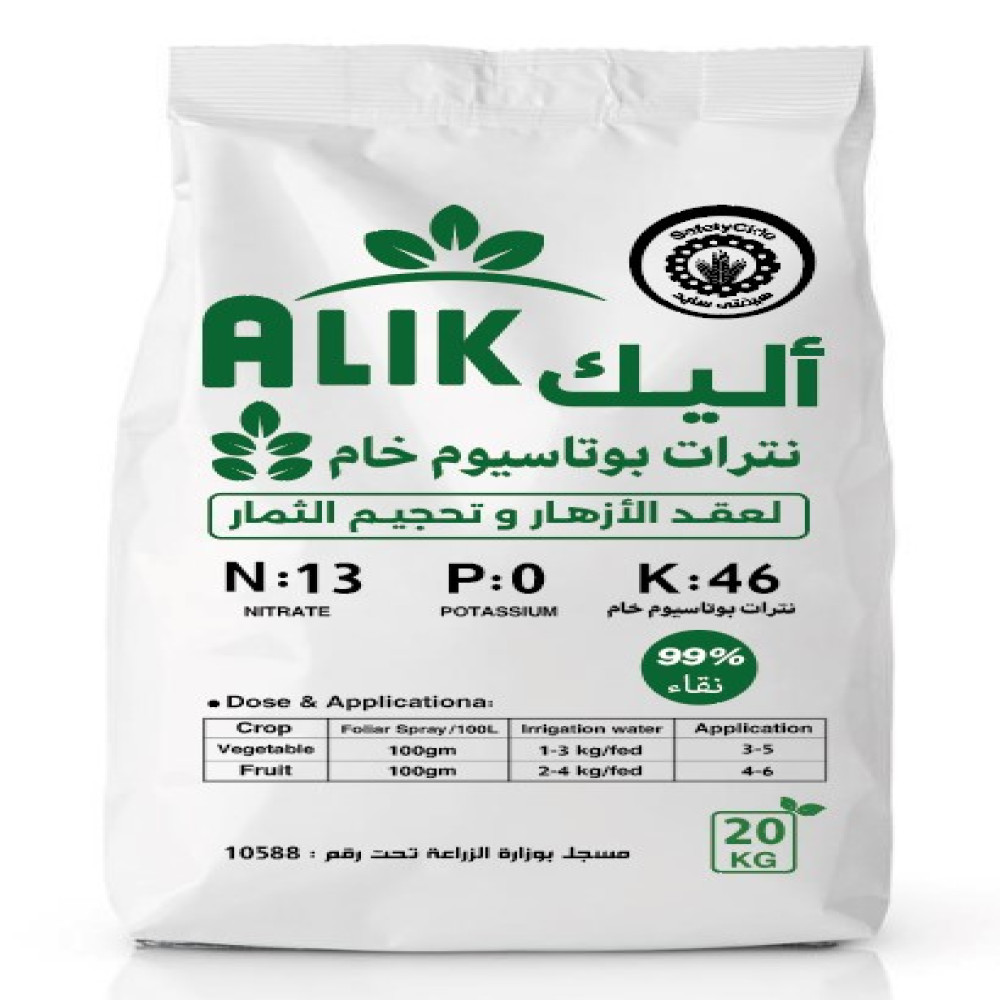
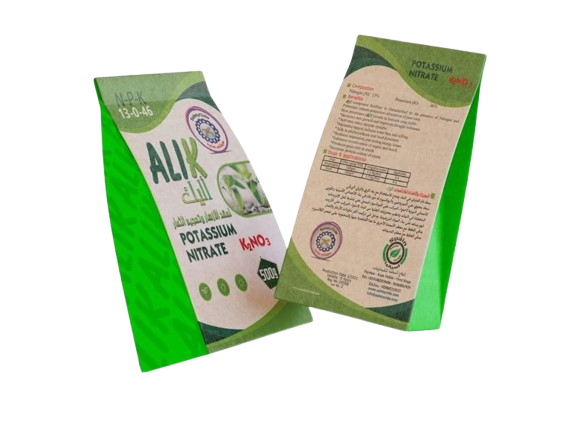


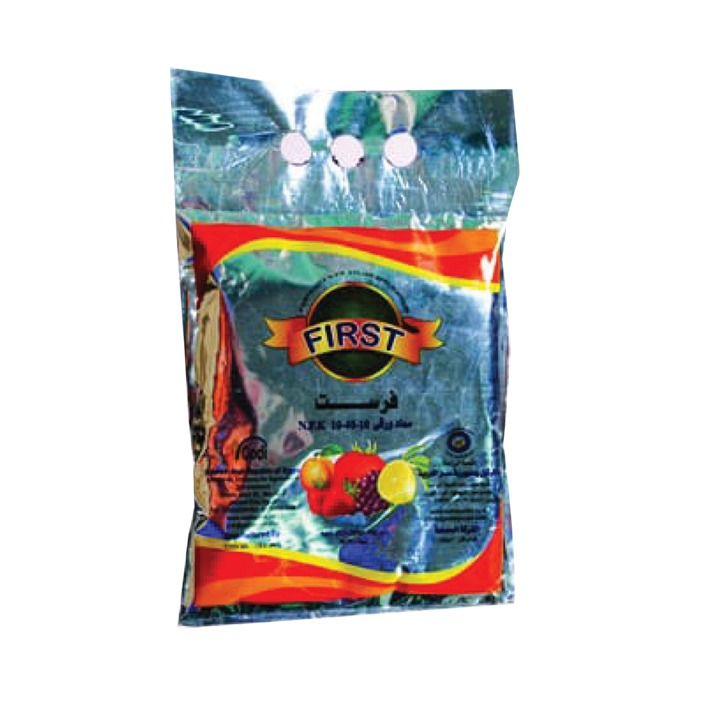
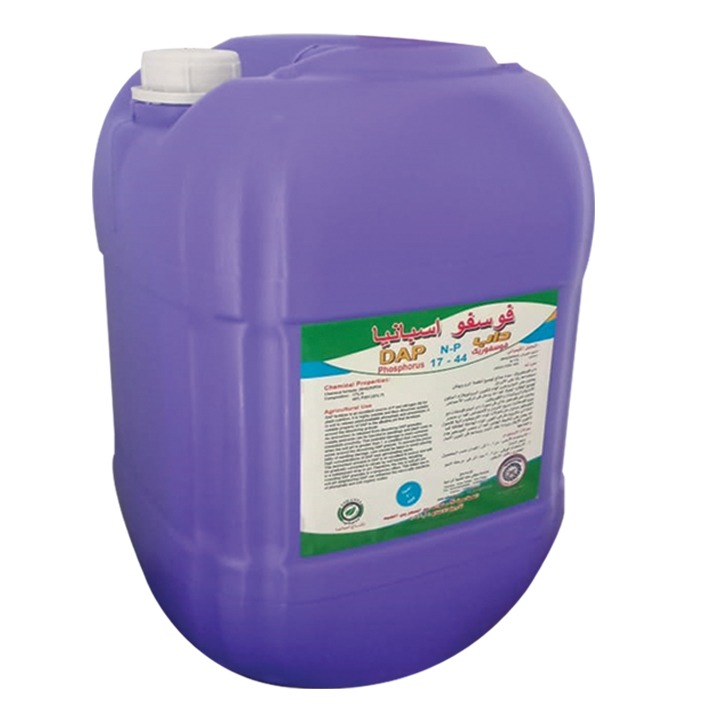
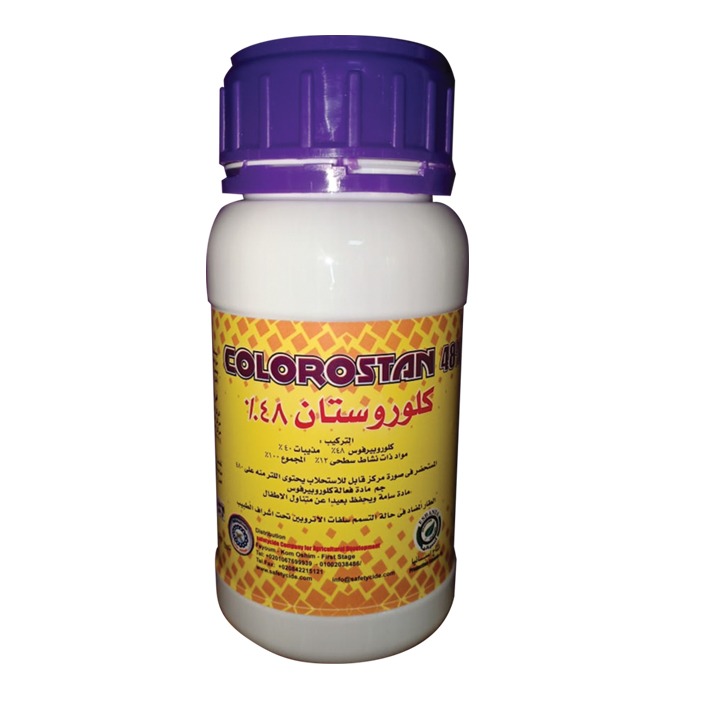
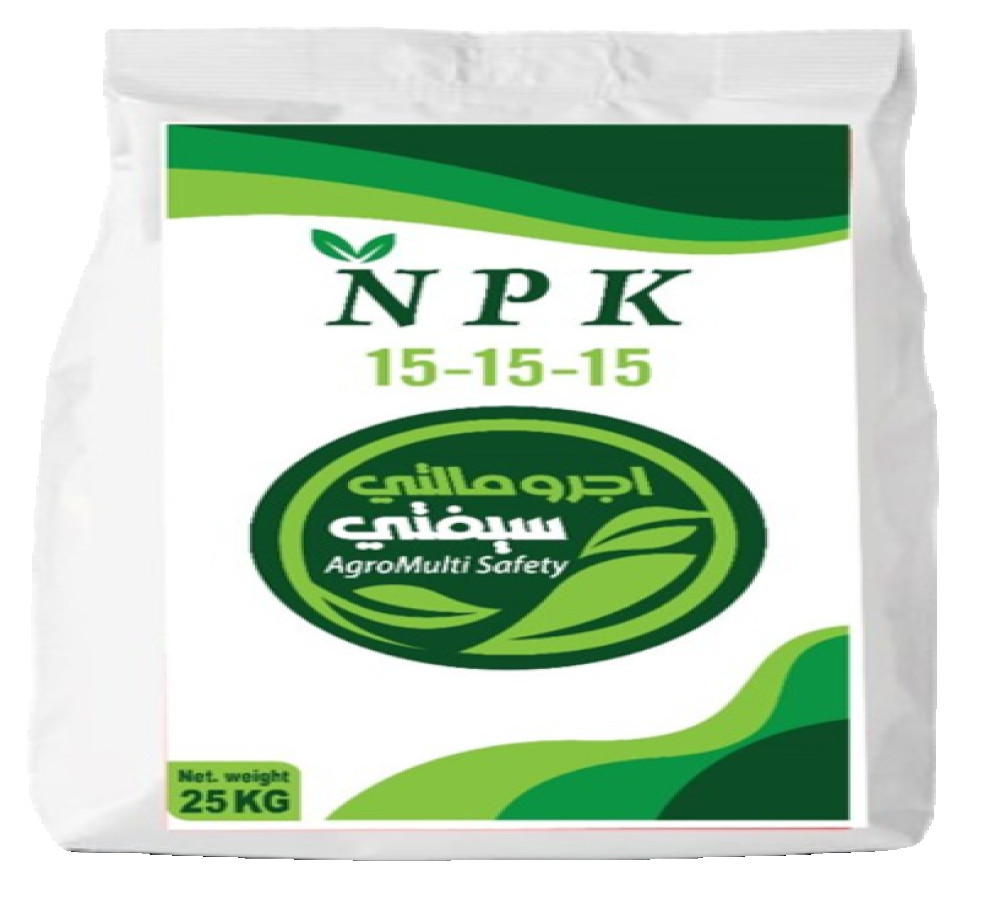



Reviews
There are no reviews yet.